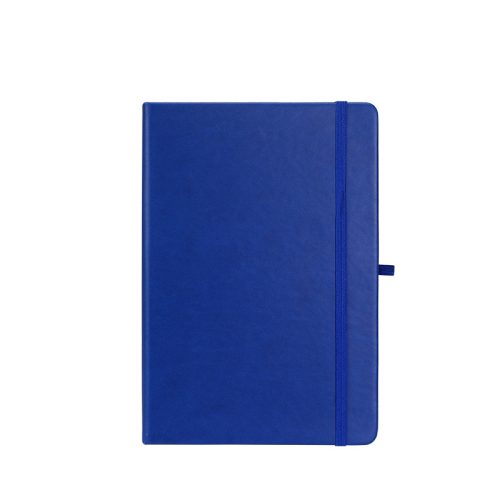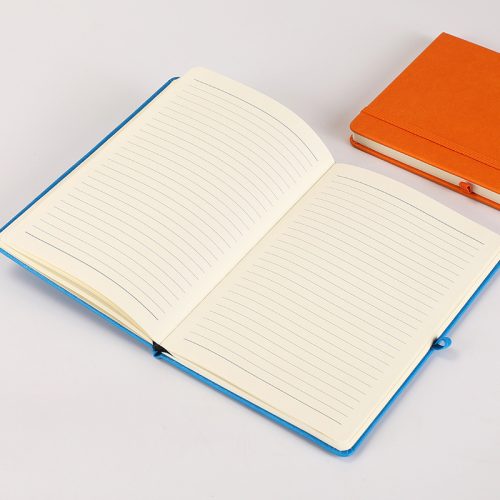Proper maintenance is essential to keep your fountain pen in good working condition and extend its lifespan. Here are some maintenance tips for your fountain pen:
- Regular Cleaning: It’s important to clean your fountain pen regularly to prevent ink buildup, which can affect ink flow and performance. Cleaning frequency depends on usage, but a general guideline is to clean it every 2-4 weeks. To clean your pen, follow these steps:a. Disassemble the pen: Remove the ink cartridge or converter, and if possible, disassemble the pen into its individual components (cap, barrel, nib, and feed).
b. Rinse with lukewarm water: Run lukewarm water through the nib and feed until the water runs clear. Avoid using hot or cold water, as extreme temperatures can damage the pen.
c. Soak in water: If there is stubborn ink residue, you can soak the nib and feed in a cup of lukewarm water for a few hours or overnight.
d. Dry thoroughly: After cleaning, allow the pen parts to air dry completely before reassembling. Ensure there is no water trapped in the feed or nib.
- Ink Choice: Use high-quality fountain pen ink from reputable brands. Avoid using calligraphy or India inks, as these can clog the pen due to their thicker consistency.
- Ink Storage: When not in use, keep the fountain pen capped to prevent the ink from drying out in the nib and feed. If you plan to store the pen for an extended period, consider cleaning it thoroughly and emptying the ink reservoir.
- Nib Maintenance: Be gentle with the nib. Avoid pressing down too hard when writing, as this can damage the nib or misalign the tines. If the nib becomes misaligned, consult a professional for adjustment or repair.
- Avoid Dropping: Fountain pens are delicate instruments, and dropping them can damage the nib, feed, or other parts. Handle your pen with care to prevent accidents.
- Nib Alignment: Periodically check the alignment of the nib tines. If they appear misaligned, you can use a gentle touch to realign them. If you are unsure or uncomfortable doing this, consult a professional.
- Nib Replacement: If you experience persistent issues with your nib, consider replacing it with a new one or having it professionally serviced.
- Cap Care: When capping your pen, do not overtighten the cap, as this can lead to cracks or damage. Also, ensure that the cap is securely closed to prevent ink from drying out.
- Transportation: When carrying your fountain pen in a bag or pocket, consider using a protective case or sleeve to prevent scratches or leaks.
- Ink Flow Adjustment: Some fountain pens allow you to adjust the ink flow. Consult the manufacturer’s instructions on how to make these adjustments, if necessary.
- Use the Pen Regularly: Regularly using your fountain pen can help prevent ink from drying out in the nib and feed. If you have multiple pens, rotate their use to keep them all in good working order.
- Professional Servicing: If you encounter persistent issues or your fountain pen requires repairs or adjustments, it’s best to consult a professional pen technician or repair specialist. Attempting complex repairs yourself can lead to further damage.
By following these maintenance tips, you can ensure that your fountain pen continues to provide a smooth and reliable writing experience for years to come. Proper care will also help preserve the pen’s value and aesthetics.


